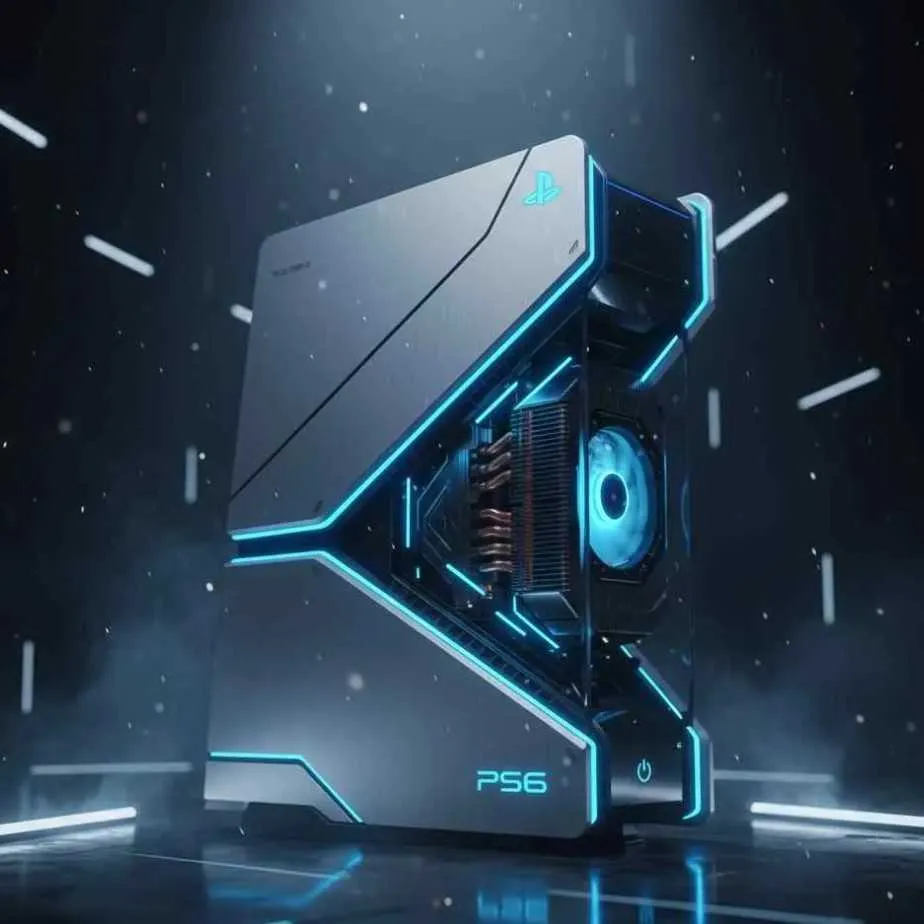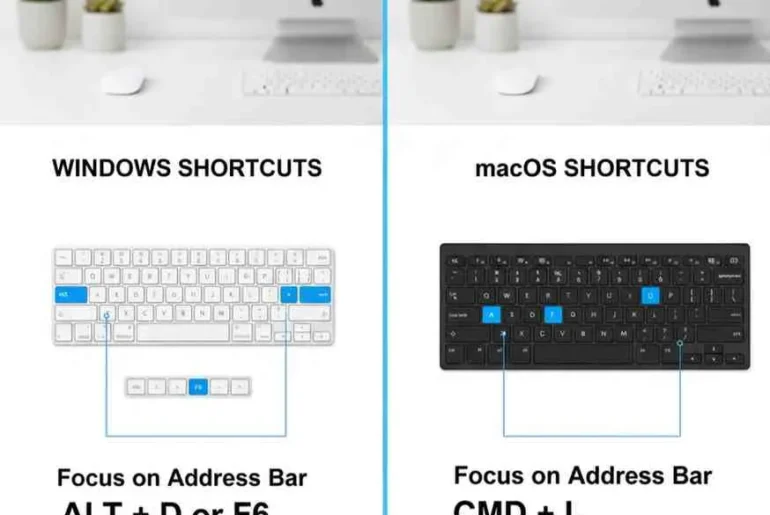Sony has started teasing details about its upcoming PlayStation 6 (PS6), and the company’s early insights into its GPU technology are already creating buzz in the gaming world. Partnering closely with AMD, Sony plans to introduce new generation of rendering and AI features designed to deliver lifelike visuals and lightning-fast performance.
The upcoming GPU reportedly includes three groundbreaking innovations: Radiance Cores, Neural Arrays, and Universal Compression, each targeting a specific bottleneck in modern console performance.
Table of Contents

Radiance Cores: Realistic Lighting Like Never Before
Sony’s new Radiance Cores are hardware units built to handle ray tracing and path tracing independently from the main GPU. This means the console can simulate natural light behavior – how it bounces, reflects, and refracts – with incredible precision.
Players can expect dynamic reflections on wet streets, accurate shadow casting, and lifelike ambient lighting even in complex environments, all without sacrificing performance.
Neural Arrays: AI-Powered Rendering
The Neural Arrays concept connects multiple compute units inside the GPU to perform AI-driven rendering tasks. This will allow the Sony Teases PS6 to use machine learning for image upscaling, frame generation, and real-time texture enhancement.
In simpler terms, AI will help create smoother, sharper images and improve performance similar to what NVIDIA’s DLSS and AMD’s FSR do on PCs, but integrated directly into the PlayStation.

Universal Compression: Smarter Memory Management
Modern games require massive data transfers, which can slow down performance and increase power use. Sony’s Universal Compression is designed to solve that by efficiently compressing and decompressing textures, models, and other data on the fly.
This technology not only increases effective memory bandwidth but also helps the console run cooler and more efficiently.
The Context: Project Amethyst and a New Sony-AMD Partnership
The revelations come through Project Amethyst, Sony’s ongoing collaboration with AMD. The two firms appear to be co-developing hardware and software innovations that aim to push console graphics into new frontiers. Mark Cerny, the lead architect behind PlayStation’s hardware, joined forces with AMD’s Jack Huynh (SVP/ GM, Computing & Graphics) in a video presentation that laid out three core new technologies under investigation: Neural Arrays, Radiance Cores, and Universal Compression Let’s analyze each of these, their potential issues, and how they may change our expectations of consoles.
What It Means for Gamers
Sony’s next-gen GPU innovations aren’t just about specs they’re real improvements that gamers will feel and see.
1. Ultra-Realistic Lighting and Reflections
With Radiance Cores handling complex light calculations, expect visually stunning environments that react naturally to light sources. Every reflection, shadow, and glow will look more immersive than ever.
2. Higher Frame Rates at 4K and Beyond
AI-assisted rendering could allow games to maintain smoother frame rates possibly up to 120 fps, even at ultra-high resolutions. Motion will look fluid, enhancing both visual clarity and gameplay responsiveness.
3. AI-Assisted Rendering for Smoother Visuals
Neural Arrays will use AI to intelligently upscale and enhance frames in real time. This gives players near-native 4K visuals without overloading the GPU, balancing beauty with speed.
4. Faster Performance with Lower Energy Use
Thanks to Universal Compression, the PS6 can move data faster and cooler. Gamers will benefit from shorter loading times, quieter fans, and longer play sessions with consistent performance.

Looking Ahead, Sony Teases PS6
While Sony hasn’t confirmed a release date, industry experts predict the PlayStation 6 may arrive between 2027 and 2028. If these GPU technologies are successfully implemented, the PS6 could mark one of the biggest leaps in console performance in history.
For now, fans can only imagine what future games will look like, but one thing is certain: Sony is gearing up to redefine the next generation of gaming.





